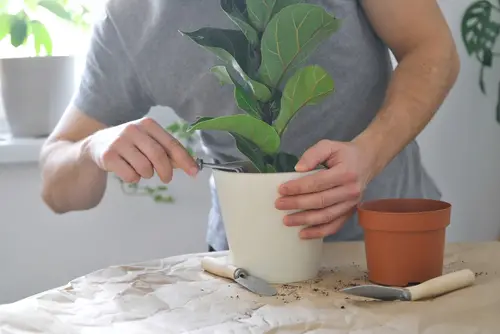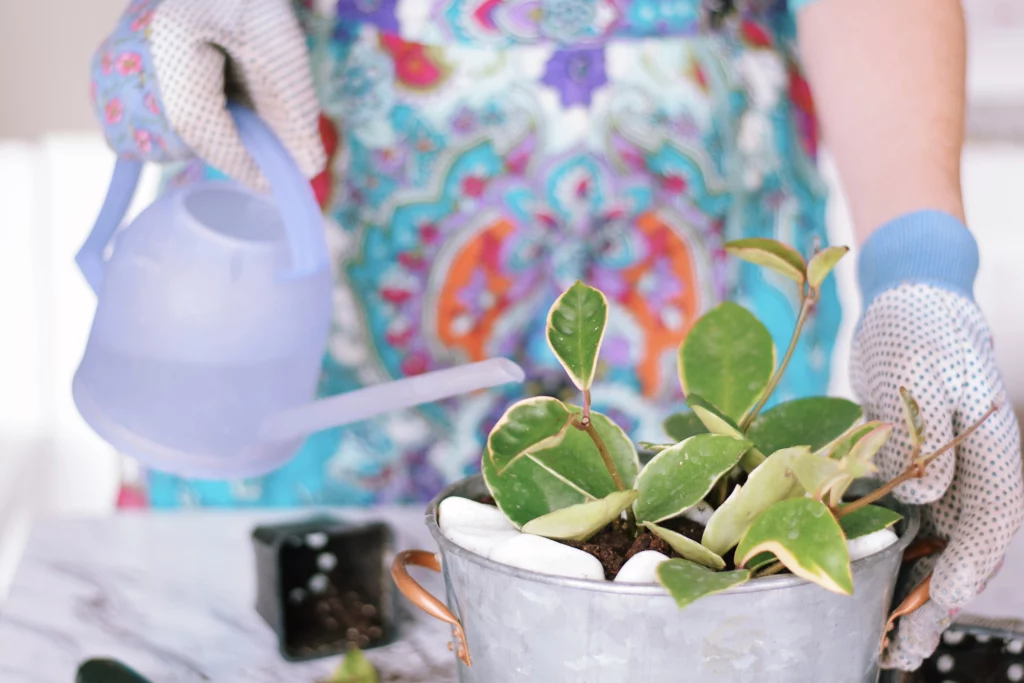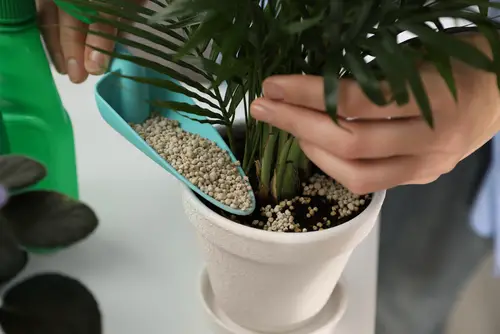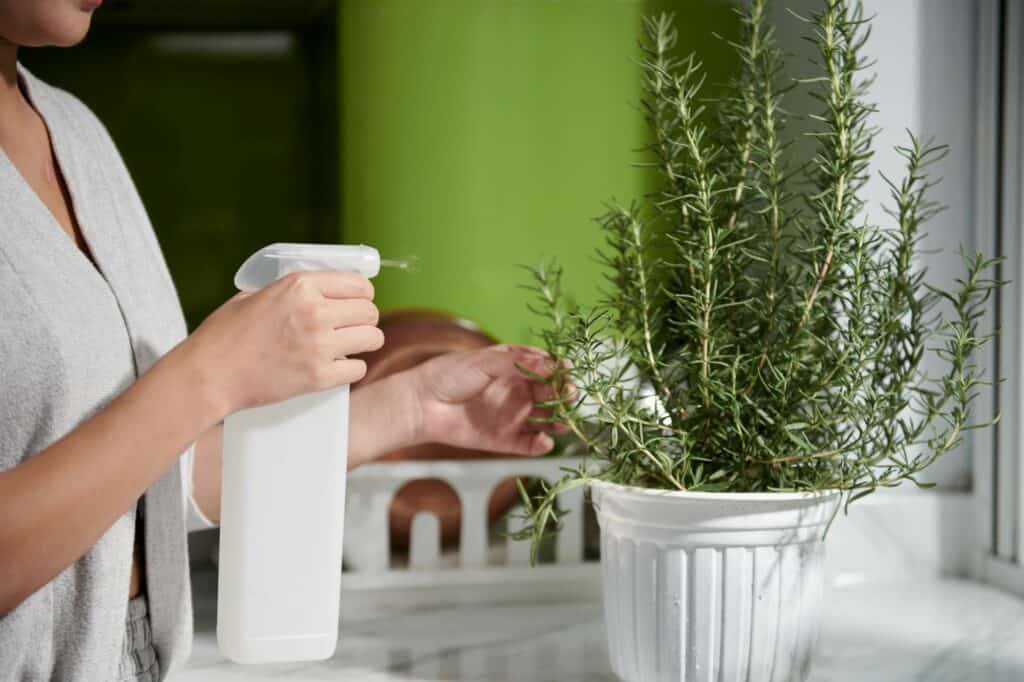Fig plants are a popular choice for indoor and outdoor gardening. They are easy to care for and add a touch of greenery to any space. However, one common issue that fig plant owners may face is drooping leaves.
Fig plant leaves drooping can be an indication of various problems, including overwatering, underwatering, environmental stress, and nutrient deficiencies. It is important to understand the underlying causes of drooping leaves to ensure the health and longevity of the plant.
Proper watering is crucial to fig plant health, as both overwatering and underwatering can lead to drooping leaves. Environmental factors such as sunlight, temperature, and humidity can also affect the plant’s health.
In addition, fig plants have specific nutritional needs that must be met to prevent drooping leaves. By understanding these factors and taking proper care of the plant, fig plant owners can enjoy healthy and thriving plants.
Key Takeaways
- Proper watering is crucial to fig plant health
- Environmental factors such as sunlight, temperature, and humidity can affect fig plant health
- Meeting the nutritional needs of fig plants is essential for preventing drooping leaves.
See these other reasons why your favorite plants are drooping:
Understanding Fig Plant Leaves Drooping

Fig plant leaves drooping is a common issue that many gardeners face. It is important to understand the signs and causes of leaf drooping to ensure that your fig plant remains healthy and thriving.
Signs of Drooping Leaves
Fig plant leaves drooping can be identified by the following signs:
- Leaves appear wilted or limp
- Leaves are curling or turning yellow
- Leaves are dropping prematurely
If you notice any of these signs, it is important to take action to prevent further damage to your fig plant.
Causes of Leaf Droop
There are several common causes of fig plant leaves drooping, including:
- Improper watering: Overwatering or underwatering can cause stress to the fig plant and lead to leaf drooping. It is important to ensure that the soil is moist but not waterlogged, and that the plant is not left to dry out for too long.
- Lack of sunlight: Fig plants require ample sunlight to thrive. If your plant is not receiving enough sunlight, the leaves may droop and turn yellow.
- Temperature stress: Fig plants are sensitive to temperature changes. If the plant is exposed to extreme temperatures, it may cause stress and lead to leaf drooping.
- Nutrient deficiency: Lack of nutrients such as nitrogen, phosphorus, and potassium can cause stress to the fig plant and lead to leaf drooping.
- Pests and diseases: Infestations of pests or diseases can cause stress to the fig plant and lead to leaf drooping.
Role of Watering in Fig Plant Health
Effects of Overwatering
Overwatering can be detrimental to fig plants, causing the leaves to droop and turn yellow. When the soil is constantly saturated, the roots of the fig plant can’t get enough oxygen, leading to root rot.
This condition can be identified by a foul odor coming from the soil and dark, mushy roots. Overwatering can also lead to the growth of harmful fungi and bacteria in the soil, which can further damage the roots.
Effects of Underwatering

Underwatering can also cause the leaves of the fig plant to droop and turn yellow. When the soil is too dry, the roots can’t absorb enough water to keep the plant healthy. This can cause the leaves to wilt and eventually fall off. Underwatering can also cause stress to the fig plant, making it more susceptible to pests and diseases.
Correct Watering Techniques
The key to keeping fig plants healthy is to water them correctly. The best way to water a fig plant is to water the soil, not the leaves or the stem. Watering the leaves can cause them to become wet, which can lead to the growth of harmful fungi and bacteria. Watering the stem can cause it to rot.
To determine whether a fig plant needs watering, use a moisture meter or stick your finger into the soil. If the soil feels dry to the touch, it’s time to water. If the soil feels moist, wait a few days before watering again.
It’s also important to water fig plants on a regular schedule. Overwatering or underwatering can be avoided by watering the plant at the same time each day or every other day.
The amount of water needed will depend on the size of the plant and the type of soil it’s planted in. In general, fig plants need to be watered deeply once a week, but this can vary depending on the climate and the season.
Environmental Factors Affecting Fig Plants
Fig plants are sensitive to environmental changes, and any variations in their surroundings can cause stress to the plant and lead to leaf drooping. In this section, we will discuss the impact of humidity, sunlight, temperature, and air circulation on fig plants.
Role of Humidity

Humidity plays a crucial role in maintaining the health of a fig plant. High humidity helps to keep the leaves of the plant hydrated, preventing them from drooping. On the other hand, low humidity levels can cause the leaves to dry out, leading to drooping.
Therefore, it is essential to maintain a consistent level of humidity around the fig plant. One way to do this is to use a humidifier or place a tray of water near the plant.
Importance of Sunlight
Sunlight is essential for the growth of fig plants. It provides the plant with the energy it needs to produce food through photosynthesis. However, too much direct sunlight can be harmful to the plant, causing the leaves to wilt and droop.
Therefore, it is essential to provide the fig plant with the right amount of sunlight. A good practice is to place the plant in a location where it can receive morning sunlight and afternoon shade.
Impact of Temperature
Temperature plays a vital role in the growth and development of fig plants. Fig plants thrive in warm temperatures between 60°F to 85°F. Any temperature changes outside this range can cause the leaves to droop.
Therefore, it is essential to maintain a consistent room temperature around the fig plant. One way to do this is to avoid placing the plant near air conditioning vents or drafty windows.
Air Circulation
Air circulation is essential for the health of fig plants. Good air circulation helps to prevent the growth of mold and mildew, which can cause the leaves to droop. Therefore, it is essential to ensure that the fig plant is placed in a well-ventilated area. One way to do this is to use a fan to circulate the air around the plant.
Nutritional Needs of Fig Plants
Fig plants require a variety of essential nutrients to grow healthy and strong. A lack of these nutrients can lead to drooping leaves in fig trees. In this section, we will discuss how to identify nutrient deficiencies and choose the right fertilizer to keep your fig plants healthy.

Identifying Nutrient Deficiencies
There are several signs that your fig plant may be suffering from a lack of nutrients. Some of the most common symptoms include yellowing leaves, stunted growth, and drooping leaves.
One of the most important nutrients for fig plants is nitrogen, which is essential for leaf growth and overall plant health. A lack of nitrogen can cause leaves to turn yellow and drop off prematurely.
In addition to nitrogen, fig plants also require a balanced NPK (nitrogen, phosphorus, and potassium) ratio. A lack of any of these nutrients can cause a range of problems, including poor growth, weak stems, and susceptibility to disease.
Choosing the Right Fertilizer
Choosing the right fertilizer is essential for maintaining healthy fig plants. There are many different types of fertilizers on the market, each with their own unique benefits and drawbacks.
When selecting a fertilizer for your fig plants, it’s important to choose one that is specifically formulated for fruit trees. Look for a fertilizer with a balanced NPK ratio, as well as micronutrients like magnesium, iron, and zinc.
It’s also important to avoid over-fertilizing your fig plants, as this can lead to nutrient burn and other problems. Follow the instructions on the fertilizer package carefully, and be sure to water your plants thoroughly after applying fertilizer.
Potting and Repotting Fig Plants
Fig plants are popular indoor and outdoor plants that are known for their delicious fruits and attractive foliage. However, one common problem that fig plant owners face is drooping leaves.
One possible cause of this problem is improper potting or repotting. In this section, we will discuss how to choose the right pot and how to repot your fig plant.
Choosing the Right Pot

Choosing the right pot is an important step in potting or repotting your fig plant. The pot should be large enough to accommodate the root system of your plant, but not too large that the soil will stay wet for too long. A pot that is too small can cause the roots to become cramped, leading to root rot.
When choosing a pot, look for one that has drainage holes to allow excess water to escape. This will prevent water from accumulating in the soil and causing root rot. Additionally, choose a pot that is made of a porous material such as terracotta, which allows air to circulate around the roots.
How to Repot Your Fig Plant
Repotting your fig plant is necessary when it outgrows its current pot or when the soil becomes compacted and loses its ability to hold water. Here are the steps to follow when repotting your fig plant:
- Water your plant a day before repotting to make it easier to remove from the pot.
- Choose a new pot that is one size larger than the current pot.
- Prepare the potting mix by mixing equal parts of peat moss, perlite, and vermiculite.
- Remove the plant from its current pot by gently tapping the sides of the pot and pulling the plant out by the base of the stem.
- Gently loosen the roots and remove any dead or damaged roots.
- Place a layer of the potting mix at the bottom of the new pot.
- Place the plant in the center of the pot and fill in the gaps with the potting mix.
- Gently press down on the soil to remove any air pockets.
- Water the plant thoroughly and allow excess water to drain out of the bottom of the pot.
By following these steps, you can ensure that your fig plant is potted or repotted properly, which can prevent drooping leaves and other problems.
Fig Plant Diseases and Pests
Common Diseases
Fig plants are susceptible to various diseases that can cause their leaves to droop. One of the most common diseases is anthracnose, which is caused by several types of pathogens that settle on the leaves.
The disease is usually most active in wet and warm weather. Symptoms of anthracnose include yellow spots on the leaves that quickly turn brown.
Another disease that can cause fig plant leaves to droop is fig rust infestation. This is a fungal disease that causes yellow-brown or rust-colored spots on the underside of the leaves. The fungus can cause the leaves to drop in late summer or early fall.
Dealing with Pests

Fig plants can also be affected by pests that cause leaves to droop. Common pests that attack fig plants include spider mites, whiteflies, and scale insects. These pests feed on the leaves of the plant, causing them to droop and wilt. To prevent pests from affecting your fig plant, make sure to keep it clean and free from debris.
If pests do infest your fig plant, there are several ways to deal with them. One way is to use a strong jet of water to blast the pests off the leaves. Another option is to use insecticidal soap or neem oil to kill the pests. Be careful not to use too much detergent, as this can cause chemical burn to the leaves.
In addition to pests and diseases, fig plants can also experience stress, yellowing, wilting, dehydration, and transplant shock. To diagnose the problem, examine the leaves and look for any signs of pests or diseases. If you suspect a disease, use a fungicide to treat the plant. If you suspect pests, use an insecticide to kill them.
Care Tips for Healthy Fig Plants
Fig plants are a beautiful addition to any indoor or outdoor garden. However, they can be quite sensitive and require proper care to thrive. In this section, we will discuss some tips to help you maintain healthy fig plants.
Pruning and Growth Management
Pruning is an essential part of fig plant care. It helps to promote growth, remove dead or damaged branches, and maintain the plant’s shape. It is best to prune your fig plant during its dormant season, which is typically in late winter or early spring.
When pruning, make sure to use sharp, clean tools to avoid damaging the plant. Remove any dead or damaged branches, as well as any branches that are growing in the wrong direction. You can also trim back any overly long branches to promote new growth.
In addition to pruning, it is important to manage your fig plant’s growth. Fig plants can grow quite large, so it is important to provide them with enough space to grow. If your fig plant is outgrowing its pot, consider repotting it into a larger container.
Indoor Care Tips

Indoor fig plants require proper care to thrive. One of the most important things to consider is lighting. Fig plants require bright, indirect sunlight to photosynthesize properly. If your fig plant is not getting enough light, it may start to droop or lose leaves.
In addition to lighting, indoor fig plants also require proper watering. Make sure to water your fig plant regularly, but do not overwater it. Overwatering can lead to root shock and other problems. It is also a good idea to mist your fig plant regularly or use a humidifier to help maintain proper humidity levels.
Preventing Common Problems
Fig plants can be susceptible to a variety of problems, including brown leaves, leaf drop, and drought stress. To prevent these issues, make sure to provide your fig plant with proper care. This includes proper lighting, watering, and humidity levels.
It is also important to monitor your fig plant for signs of problems. If you notice any brown leaves or leaf drop, it may be a sign that your fig plant is not getting enough water or is experiencing root problems. If you notice any issues, make sure to address them promptly to prevent further damage.
Frequently Asked Questions
How do you fix droopy fig leaves?
To fix droopy fig leaves, the first step is to identify the cause of the problem. If the plant is overwatered, reduce the frequency of watering and ensure proper drainage. If the plant is underwatered, increase the frequency of watering and ensure that the soil is moist but not waterlogged.
If the plant is in a drafty area, move it to a more sheltered spot. If the plant is not getting enough light, move it to a brighter location. Pruning can also help to encourage new growth and improve the overall health of the plant.
Why are my fig tree leaves droopy?
There are several reasons why fig tree leaves may droop. Overwatering, underwatering, inadequate drainage, poor soil quality, pests, and diseases can all cause droopy leaves. It is important to identify the cause of the problem and take appropriate action to address it.
What are the signs of overwatering figs?
Signs of overwatering figs include yellowing leaves, soft and mushy roots, and a foul odor coming from the soil. Overwatering can lead to root rot, which can be fatal to the plant if not addressed promptly.
Do fig plants like a lot of water?
Fig plants do not like to be overwatered. They prefer well-draining soil and should be watered only when the top inch of soil is dry to the touch. Overwatering can lead to root rot and other problems.
What causes Fiddle Leaf Fig leaves to droop?
Fiddle Leaf Fig leaves can droop for several reasons, including overwatering, underwatering, inadequate light, pests, and diseases. It is important to identify the cause of the problem and take appropriate action to address it.
Will droopy Fiddle Leaf Fig leaves recover?
In many cases, droopy Fiddle Leaf Fig leaves can recover with proper care. Identify the cause of the problem and take appropriate action, such as adjusting watering frequency, improving lighting conditions, or treating pests and diseases. With time and proper care, the plant should recover and produce healthy new growth.

Hey, I’m Lisa and I’ve been an avid gardener for over 30 years. I love writing, talking and living in the garden! Feel free to connect with me on my socials below

